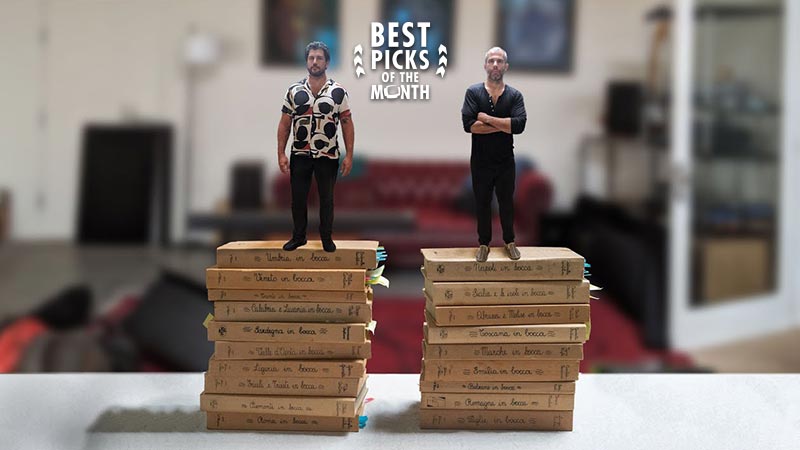Rat Tail explores director Chad Sogas’ battle with depression in this short autobiographical documentary.
What begins as a comedic story about the rat tail he had for nearly ten years (that his parents still keep in the storage room of their basement) transcends into a journey of unexpected self-discovery and healing. Chad lures us in with his quirky story and documentary filmmaking style. But as the narrative around rat tail takes form, the story seems to take a life of its own and become something much bigger than anticipated. We asked Chad a few questions about the film:
Can you tell us what inspired you to bring this story to life?
I was struggling to write a narrative short screenplay. So I wanted to refocus my creative energy on another project, as a reset of sorts. Around that time, I saw a couple autobiographical short docs that straddled the line of confessional and humorous in an entertaining, emotional way. It occurred to me that a film about the rat tail I had for ten years growing up that my parents still keep in the storage room of their basement might make for an interesting project that could have a similar tone.
Tell us about your initial process, did you have everything scripted out, or were you improvising along the way?
The final form of Rat Tail is not at all what was initially conceptualized. At first the idea was to make something quick that solely focused on the rat tail storyline. For that, I had a loose structure in mind but as the film illustrates, as I was making it, the short changed considerably and started to mirror the personal battles of my actual life. As it did so, the filmmaking process had to be flexible and adapt to the screen what I was experiencing in a compelling and entertaining way.
Filming this was obviously very emotional for you, what was the most challenging scene for you to film?
The most challenging scene was the reenactment where my father flips the rat tail out of my teenage-self’s shirt. That was my actual dad’s hand and it unexpectedly made me emotional. I was biting my tongue, choking back tears, to not disrupt the scene. Growing up when my father would do that, it would upset me and that reenactment provided an extremely cathartic moment, almost like exposure therapy. It was something that I didn’t realize I needed to experience. It was a turning point in the filmmaking process where I started to understand the power of vulnerability in the storytelling.
What has this film taught you about filmmaking?
The film has taught me to be less precious. The finished film is extremely different than the initial concept, and the film is so much better for it. The more that I let the film dictate the storyline, the more honest and captivating it became.
Do you have any tips or advice to offer fellow documentary filmmakers?
The best advice I can give other filmmakers is to trust your gut and not feel beholden to what you originally thought the film was supposed to be. Let go and let the process dictate the shape of the film.
What are your favorite short films?
Terence Nance’s Univitellin
Yorgos Lanthimos’ Nimic
Emily Kai Bock’s A Funeral for Lightning
Qui Yang’s A Gentle Night
Francisca Alegria’s And the Whole Sky Fit in the Dead Cow’s Eye
Which films you can say directly inspired this film?
Dear Zachary: A Letter to a Son About His Father by Kurt Kuenne was a big inspiration not only for its vulnerability but he basically made the film entirely on his own. I too had to wear a lot of hats making Rat Tail. So it was encouraging to see someone create such an honest and entertaining film without the help of a production machine at his disposal.
Mike Mills’ films were inspiring for his graphic ability to film archival material in such a beautiful way. Henry + Rel’s A Brief History of John Baldessari had a big influence on the pace and visual language of the beginning of the film.





